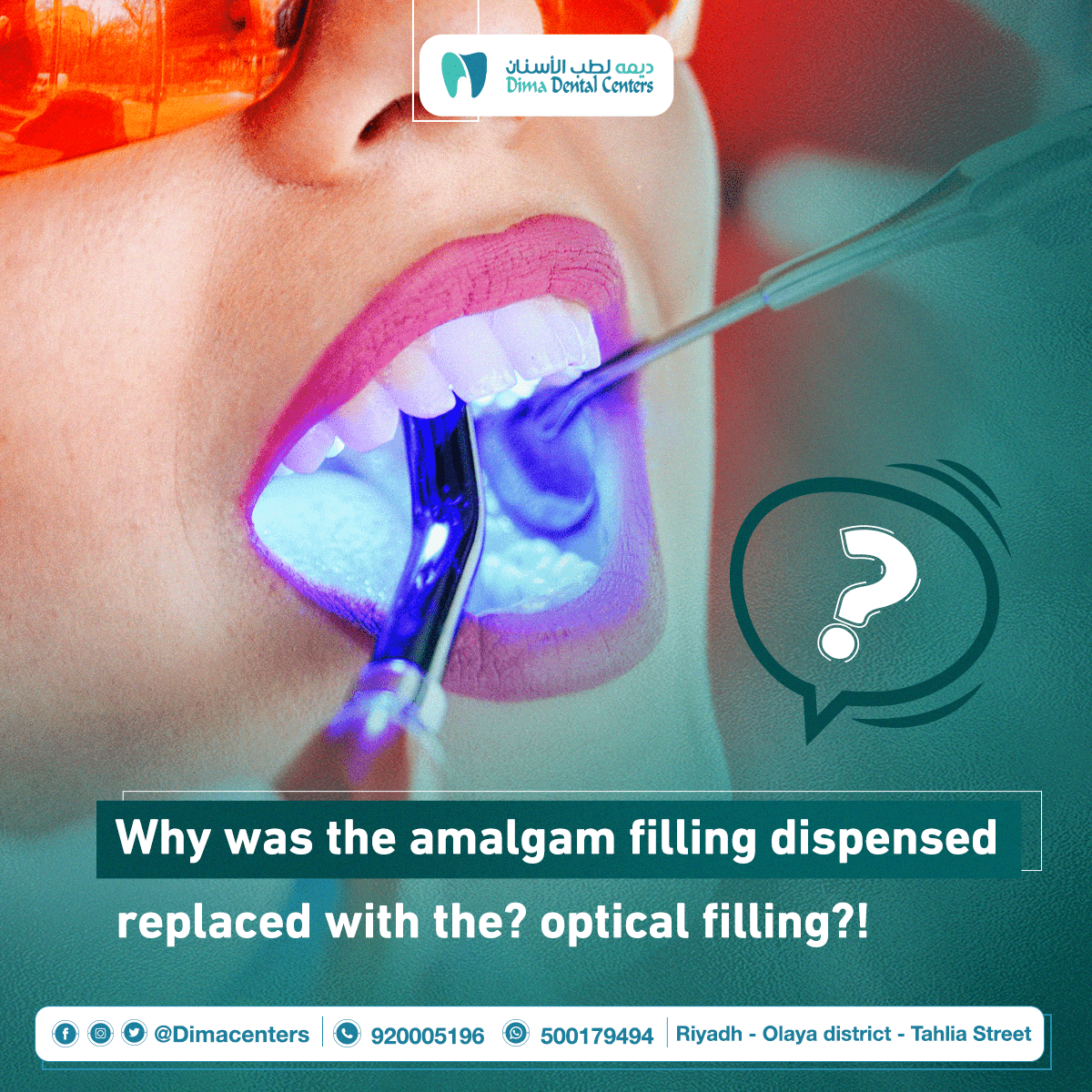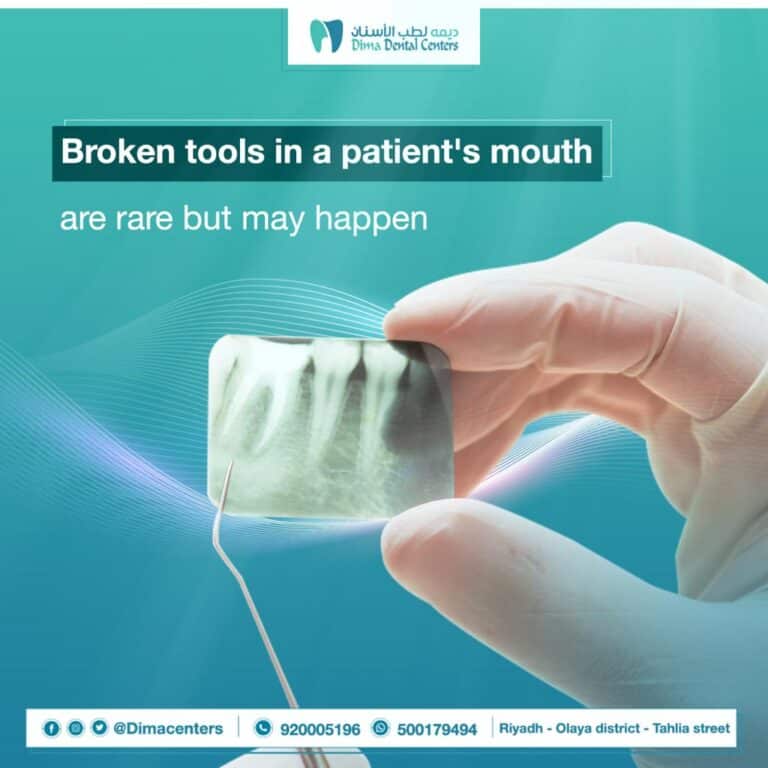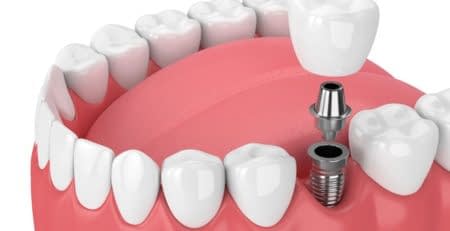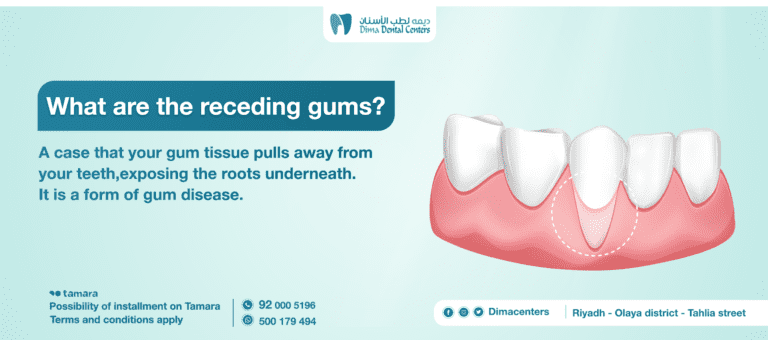Amalgam Filling

Why was the amalgam filling dispensed and replaced with the optical filling?
Why was the amalgam filling dispensed and replaced by the optical filling? To answer this question, we will first learn about amalgam. Dental amalgam filling was the main type of dental filling for many years. It consisted of mercury, silver, and other metals. It was affordable and easy to use. However, there are some drawbacks to amalgam fillings, they are not very aesthetically pleasing, and can corrode and deposit over time.
Why was the amalgam filling dispensed and replaced with the optical filling?
In the past few decades, a new type of dental filling has emerged as a popular option. Optical fillings are optical fillings made of a composite material that can match the color of your teeth. They are more aesthetically pleasing than amalgam fillings, and are less likely to wear and leak over time.
Why was the amalgam filling dispensed and replaced with the optical filling because the amalgam filling is a type of mercury-based alloy and fillings made of this metal were used to fill the dental cavities, and although it was effective and gives amazing results, there are some disadvantages in the use of amalgam fillings.
Amalgam filling defects
- First, amalgam fillings are made of a mixture of metals, which can cause them to expand and contract at different rates than the surrounding teeth, and this causes the filling to expand over time and eventually fall out.
- Second, the mercury in amalgam fillings can be released over time and enter the bloodstream, and although the amount of mercury released is small and not enough to cause harm, some people are still concerned about the potential health effects of mercury exposure.
- Finally, because amalgam fillings are silver in colour, are very noticeable and can detract from the appearance of a smile and for these reasons, many people have chosen to replace amalgam fillings with more aesthetically pleasing alternatives.
Amalgam filler components
Amalgam filling was used for the first time in the early nineteenth century and was made of a mixture of mercury and other metals, where this type of filling was used because it is strong and durable, and with the passage of time it was discovered that the mercury in the amalgam could leak out and cause health problems for this reason it decreased Amalgam fillings have been used in recent years and have been replaced by other types of fillings, such as optical or ceramic composite fillings.
The optical filler is made of a white composite material
Why was the amalgam filling dispensed and replaced with the optical filling? The amalgam filling was replaced by the optical filling for a number of reasons. The optical filling is made of a white composite material, which is more aesthetically pleasing than the amalgam filling. The optical filling is more durable and longer-lasting than the amalgam filling, in addition in addition, optical fillings do not cause allergic reactions like amalgam fillings.
Optical fillings are less visible than amalgam fillings
An optical filling is a white resin filling that is less visible than a darker amalgam filling. An optical filling is less likely to change color over time and less likely to show through the tooth as with amalgam fillings. Removing amalgam fillings is more difficult if they are replaced.
Both the American Dental Association (ADA) and the World Health Organization (WHO) have classified amalgam as a safe material for dental fillings. In contrast, optical or white fillings are made of resin that does not contain mercury. Some patients may prefer optical fillings because they are less visible than Amalgam fillings.
There is no scientific evidence to suggest that optical fillings are safer than amalgam fillings. However, some patients may prefer optical fillings because they are less visible.
Ocular fillings are less likely to cause allergic reactions
When patients visit the dentist, one of the primary concerns is ensuring that their teeth are free of decay. To do this, dentists often use amalgam dental fillings, but there are some disadvantages to using amalgam fillings. One of these disadvantages is that they are more likely to cause sensitivity, because the minerals in Amalgam fillings can interact with the surrounding teeth, making the teeth more sensitive to hot and cold temperatures.
To avoid this, dentists may recommend optical fillings, and this is a reason to answer the question of why the amalgam filling was dispensed with and replaced with the optical filling. Optical fillings are made of a composite material that is not likely to cause sensitivity, because the composite material does not interact with the surrounding teeth in the same way it does. Amalgam fillings.
In general, optical fillings are a good option for patients who are looking for a filling that is less likely to cause sensitivity. In addition, it is less visible and less likely to cause tooth discoloration.
Amalgam fillings are being phased out in many countries
Amalgam fillings are being phased out in many countries, due to concerns about the safety of mercury. This is because mercury is a toxic metal that can cause health problems, including neurological problems and kidney damage. Mercury exposure can occur when a dental amalgam filling is placed in the mouth, too. Mercury may leach out of amalgam fillings over time. Although the amount of mercury exposure from amalgam fillings is generally low, some people are more susceptible to the effects of mercury exposure, including pregnant women, fetuses, people with kidney problems, and people who suffer from neurological conditions.
There are alternative filling materials that do not contain mercury, including composite resin fillings and ceramic fillings. Composite resin fillings are made of a mixture of plastic and glass and can match the color of your teeth. Ceramic fillings are made of porcelain and can match the color of your teeth. Both composite resin and ceramic fillings are safe alternatives to amalgam fillings.
Photocavity filling is the preferred method for filling cavities
Why was the amalgam filling dispensed and replaced with the optical filling because the optical filling is the preferred method for filling cavities for a number of reasons:
- Firstly, optical fillings are more aesthetically pleasing than amalgam fillings and are available in a variety of colours, so they can be matched to the color of the tooth.
- Secondly, optical fillings are bonded to the teeth so they are less likely to leak out and cause cavities around the filling.
- Third, optical fillings are easy to remove if they need to be replaced, which is often the case with amalgam fillings.
- Fourth, optical fillings do not contain mercury, which has been linked to a number of health problems.
The decision to switch from amalgam to optical fillings was made to protect patients and dental workers from potential exposure to mercury. Amalgam fillings are made of mercury, silver, tin, and copper, and can release small amounts of mercury vapor when chewed or exposed to high temperatures. Dental workers are also at risk from mercury exposure. When removing amalgam fillings, optical fillings are made of a composite material that does not release mercury vapor, making it a safer option for dental patients.







